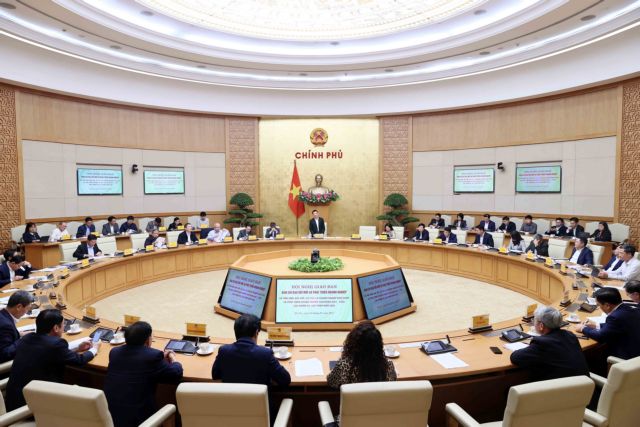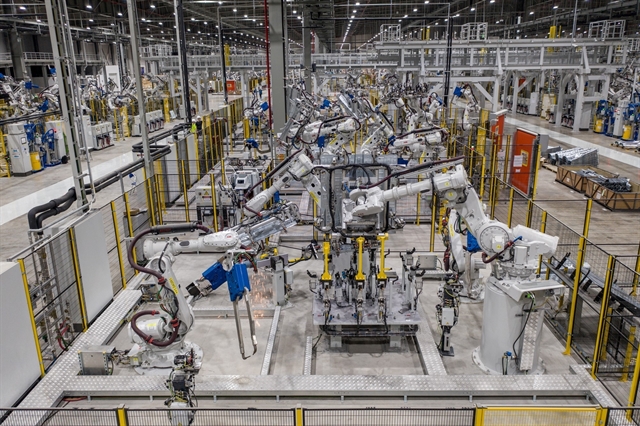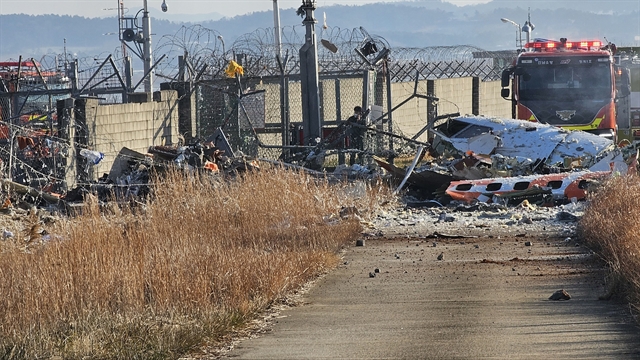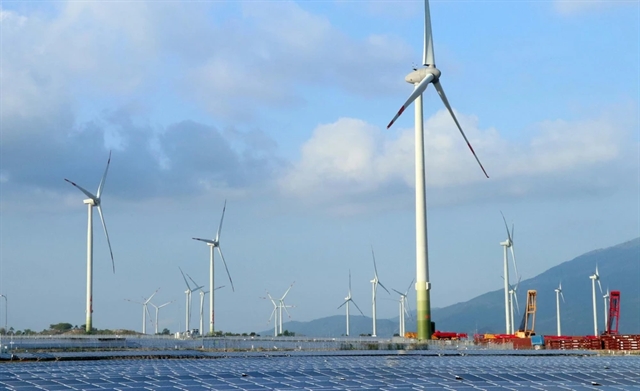 Environment
Environment
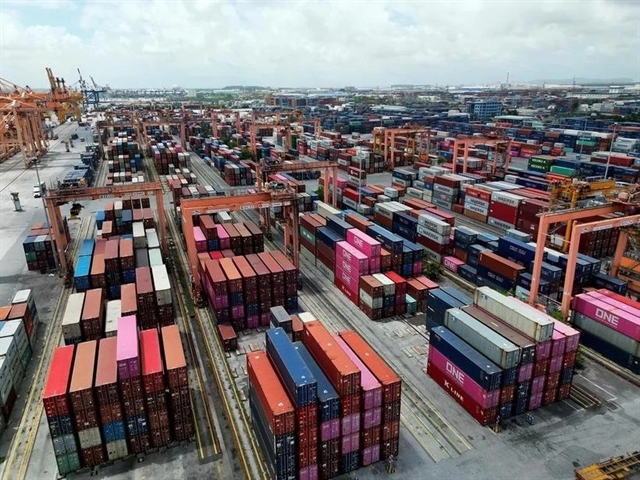
Hà Nội’s air quality has declined last week, especially on Sunday which witnessed serious pollution in a number of districts, according to environment monitoring results.
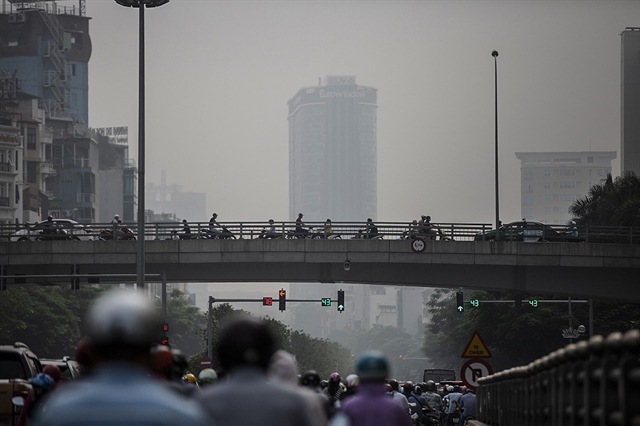
|
| Buildings seen blurred in the smog around Ngã Tư Sở -Trường Chinh-Đại La area on Sunday morning. — VNA/VNS Photos Trọng Đạt |
HÀ NỘI — Hà Nội’s air quality declined last week, especially on Sunday when a number of districts recorded serious pollution levels.
Environment monitoring results revealed that at 8am, more than 40 places in the city had air quality index listed red, which is unhealthy.
It is warned that at this level, people may now begin to experience health problems, with sensitive groups feeling more serious effects.
According to the World Health Organisation, the health effects of air pollution include deaths from strokes, lung cancer and heart disease.
The municipal Department of Natural Resources and Environment said air quality in the city last week declined compared to the previous week. The number of days on which air quality was good also decreased.
The department measures air quality at ten spots in the city and reports the results at 2pm every day.
Between September 8 and September 14, Minh Khai, Phạm Văn Đồng and Hàng Đậu had the worst air quality.
As of Monday morning, air quality measured by PAMAir, a pollutant/air modeling software based on sensors for measuring real-time air quality, continues to decline on Hàng Trống Street, Ô Chợ Dừa Street, areas around Times City Urban Area and Posts and Telecommunications Institute of Technology.
On August 25 and 26, air quality of Hà Nội was reported to get worse with air quality index standing at unhealthy level due to high level of PM2.5.
PM, or particulate matter, is a mixture of solid particles and liquid droplets found in the air. PM2.5 is some 1/30th in thickness of a human hair. It can easily pass through the lungs and get absorbed into the bloodstream, causing adverse health effects. Normally-designed air masks are unable to help avoid PM’s harmful effects.
Many studies in Hà Nội have shown that heat inversion is one of the main causes for recent sharp rises in pollutants, according to the Ministry of Natural Resources and Environment. — VNS

|
| Lê Thánh Tông Street in Hoàn Kiếm District in the smog on Sunday. |
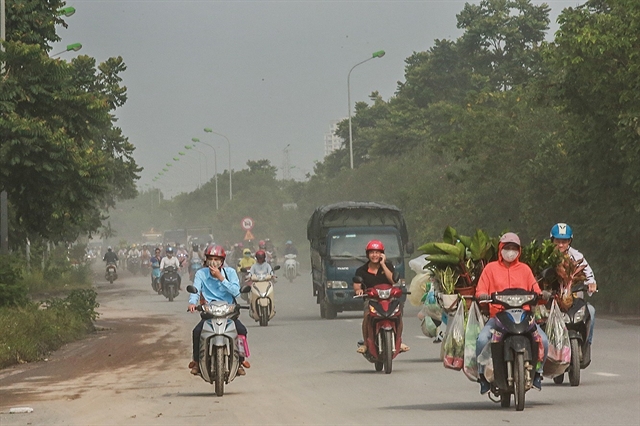
|
| A section full of dust on Thăng Long Avenue. |

